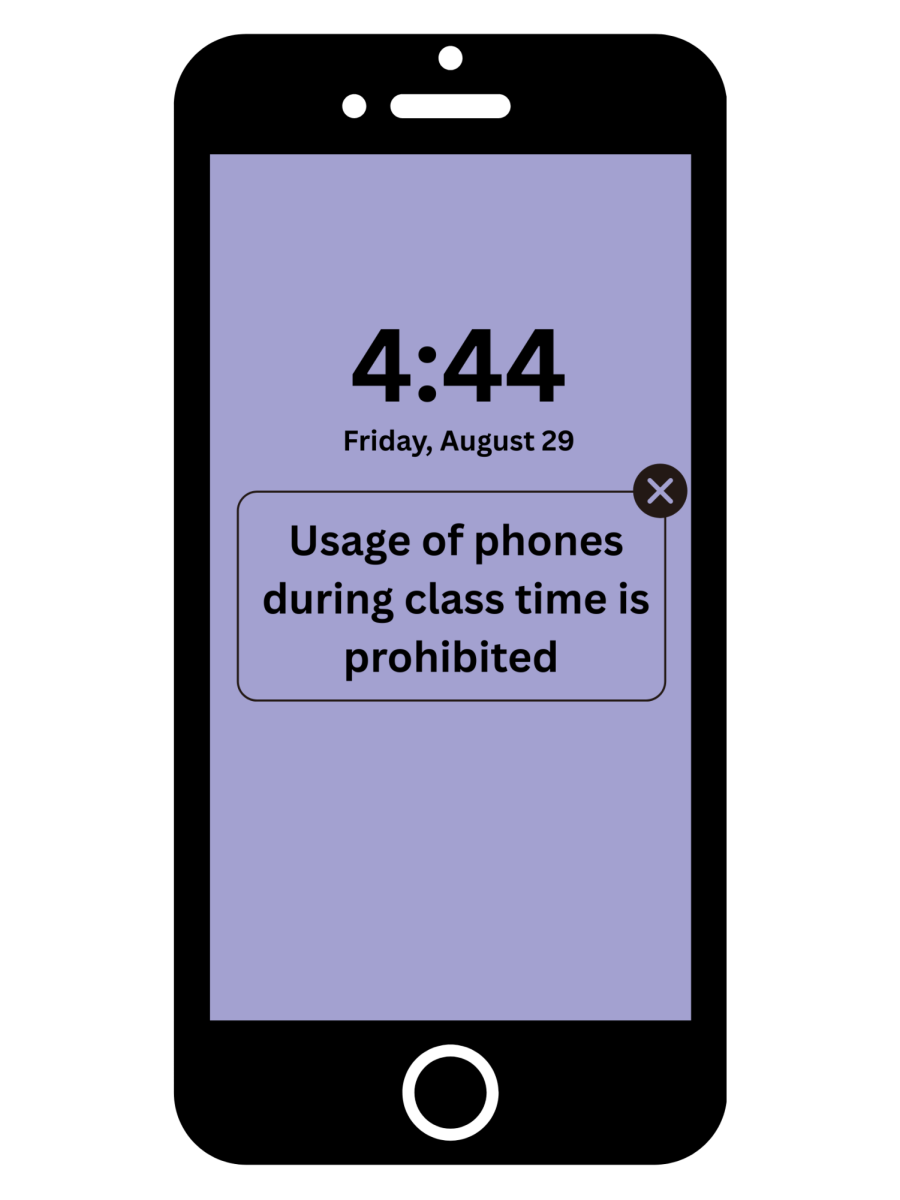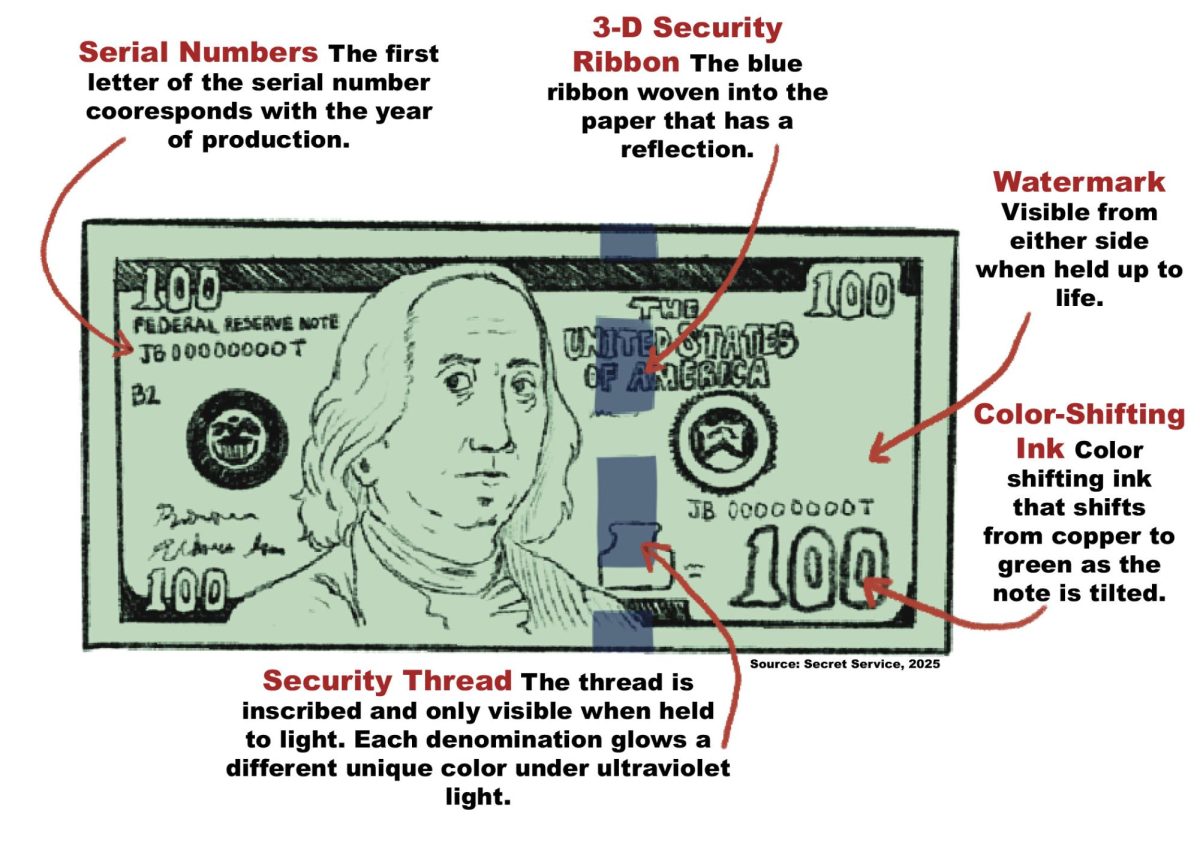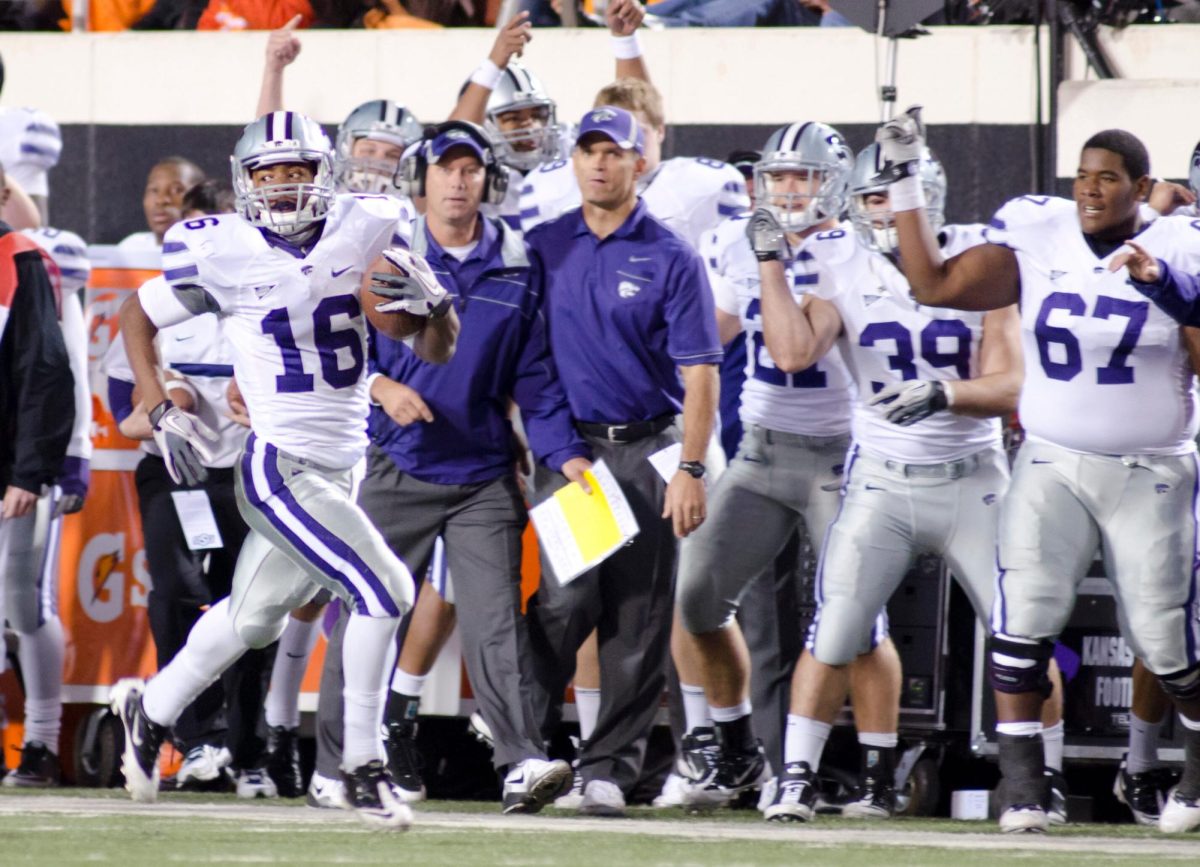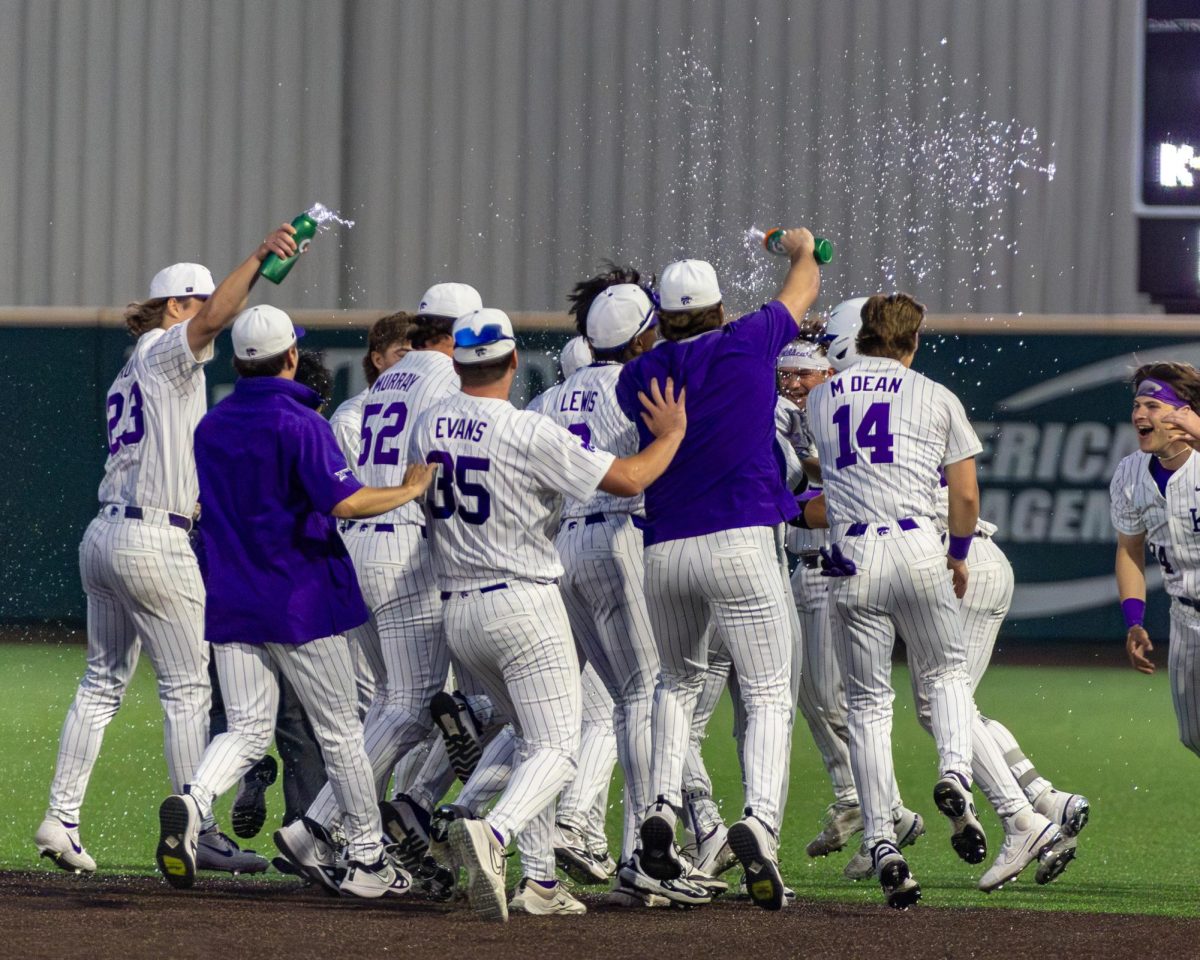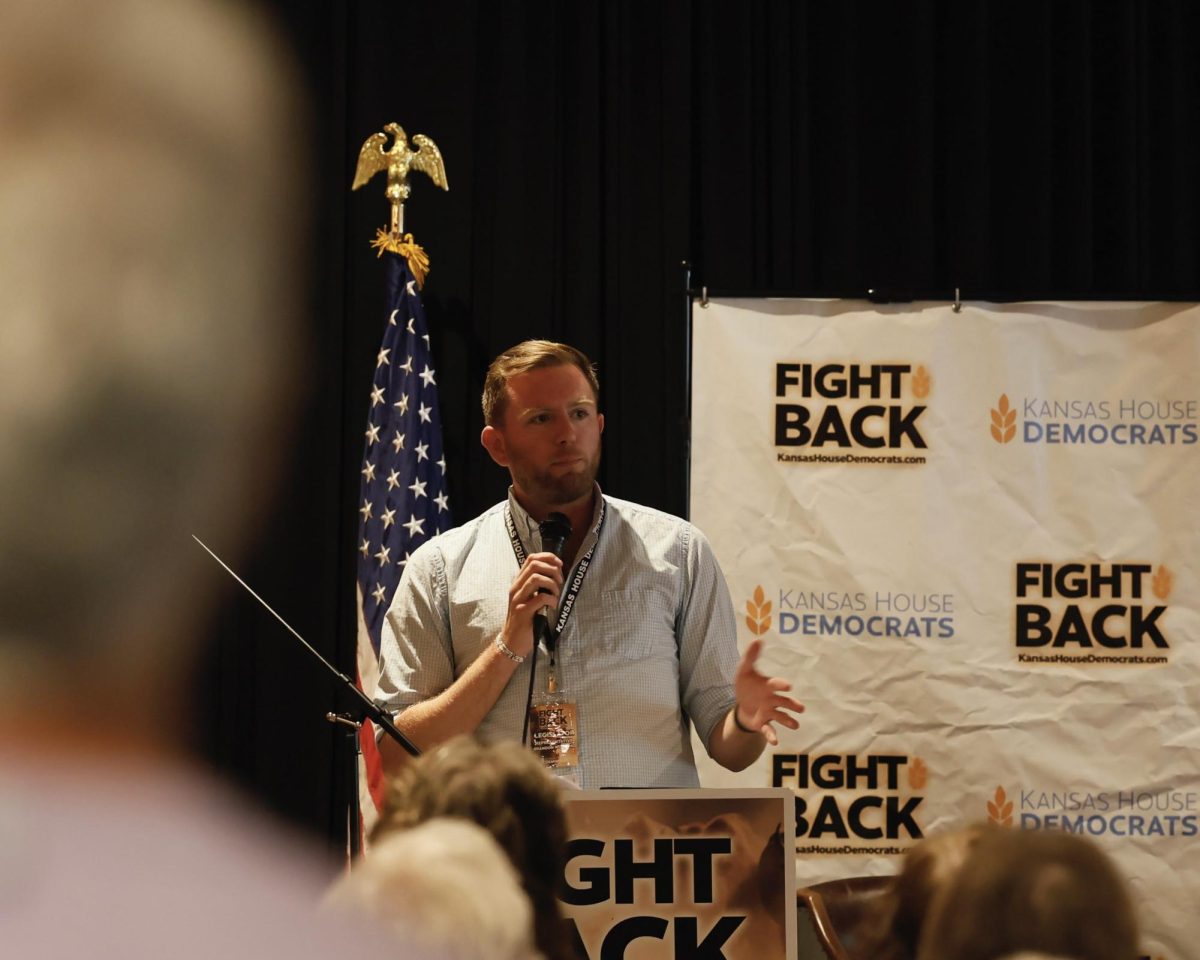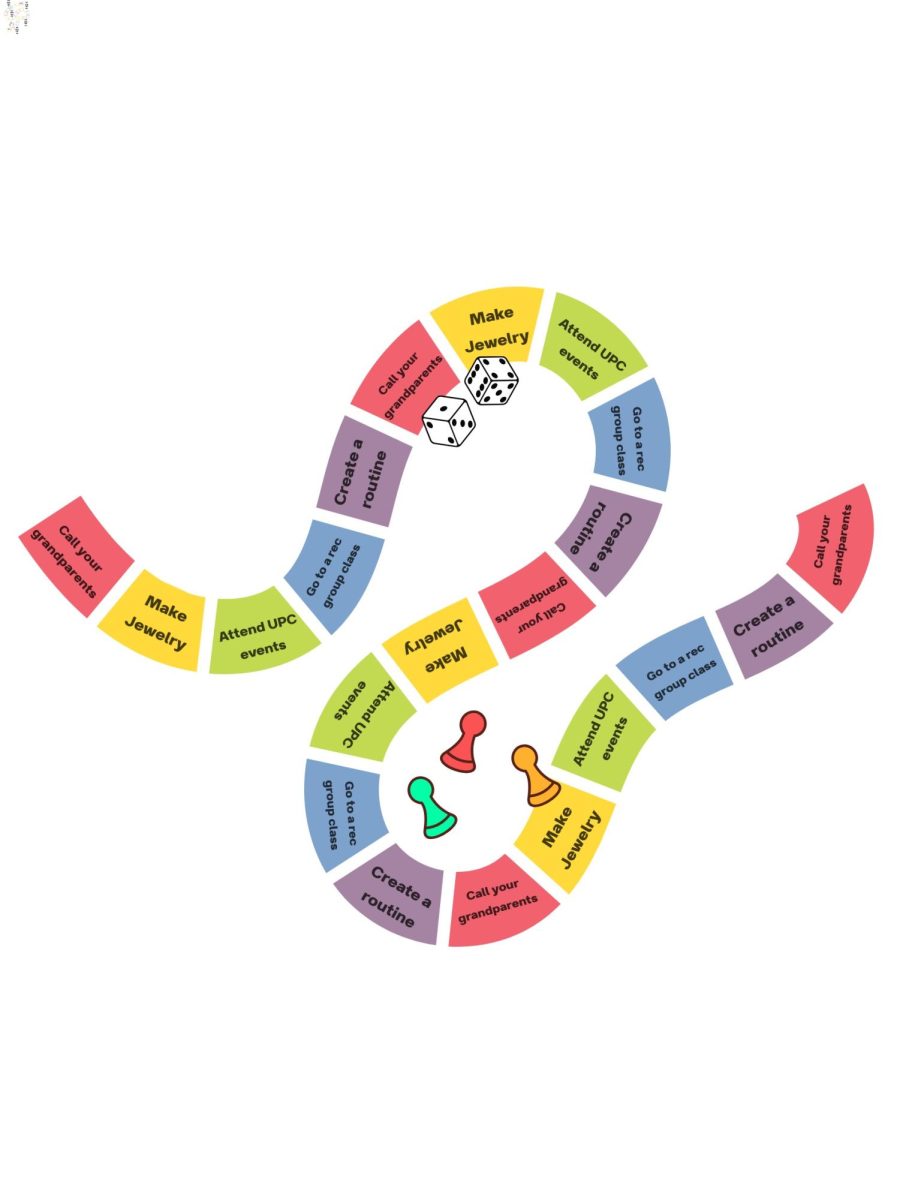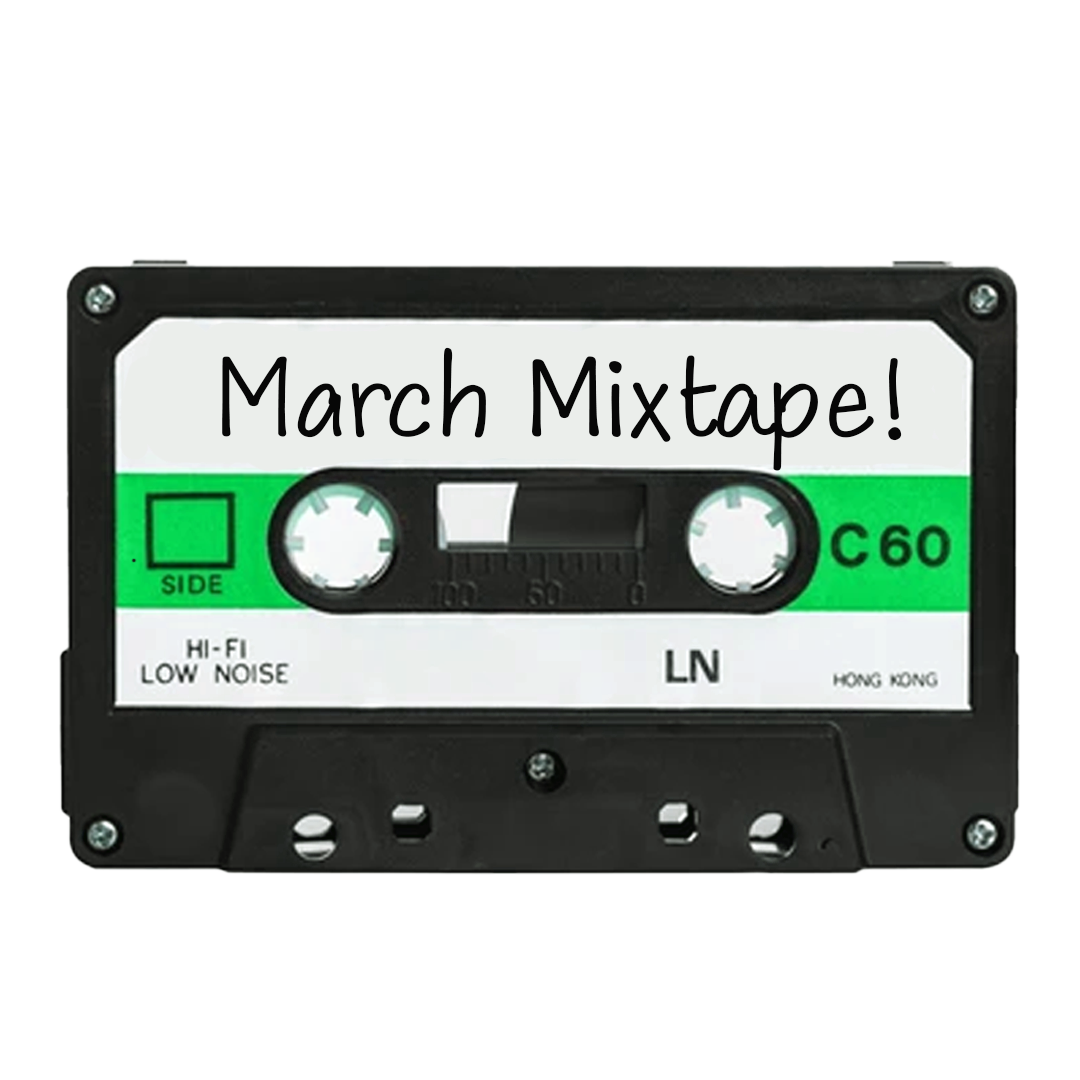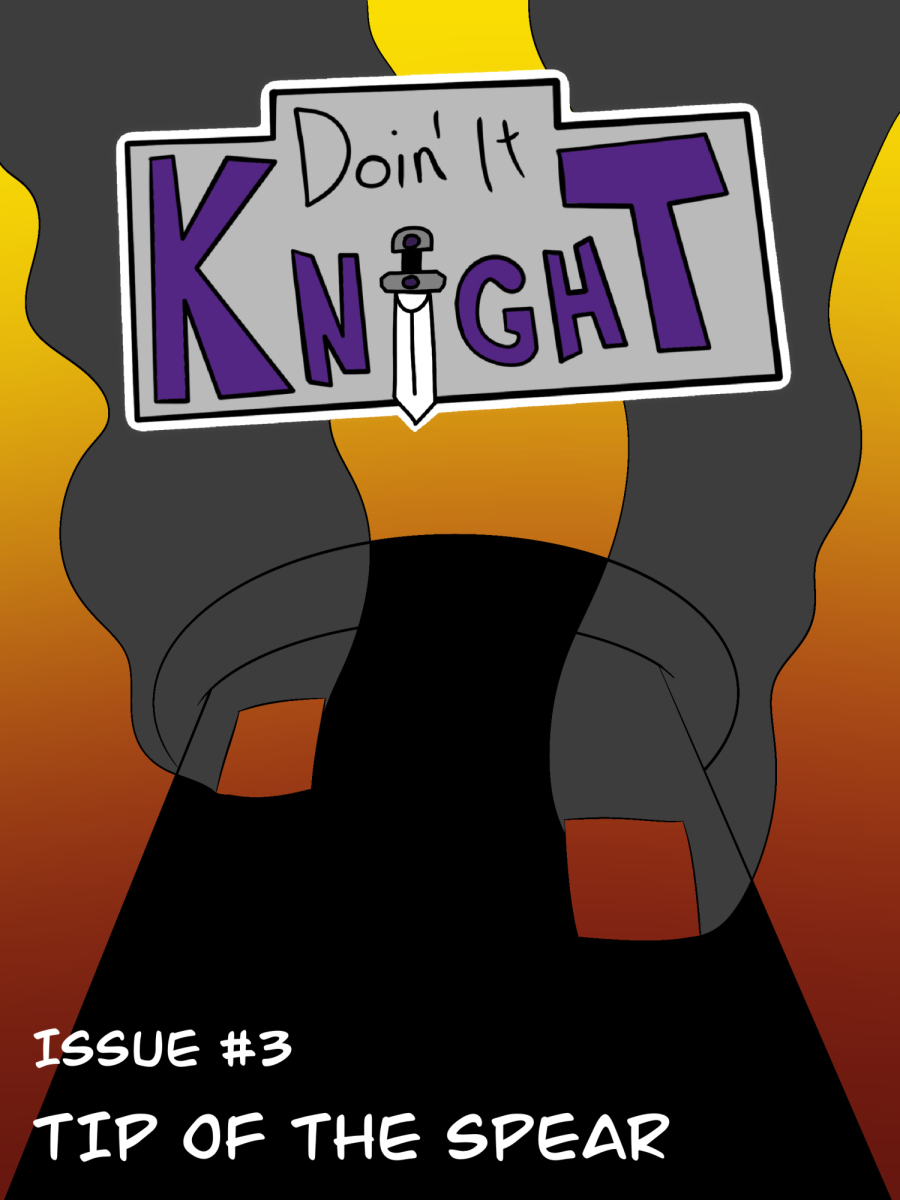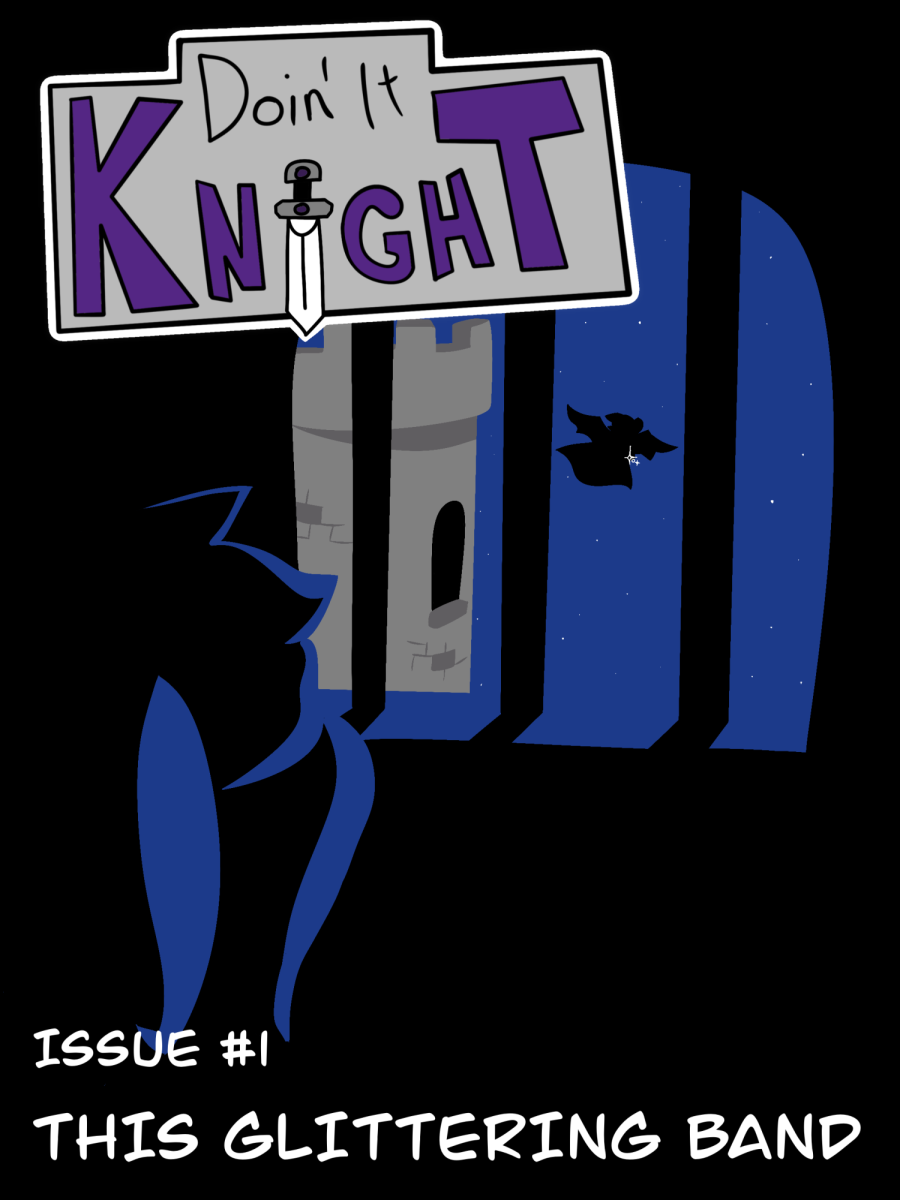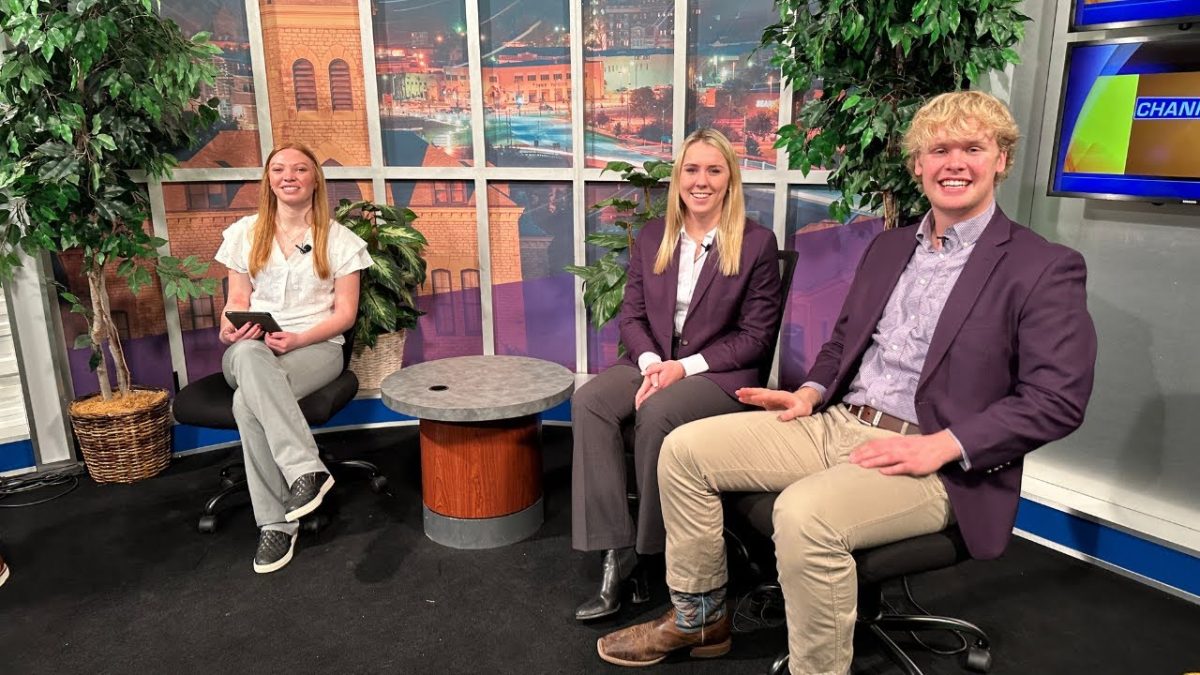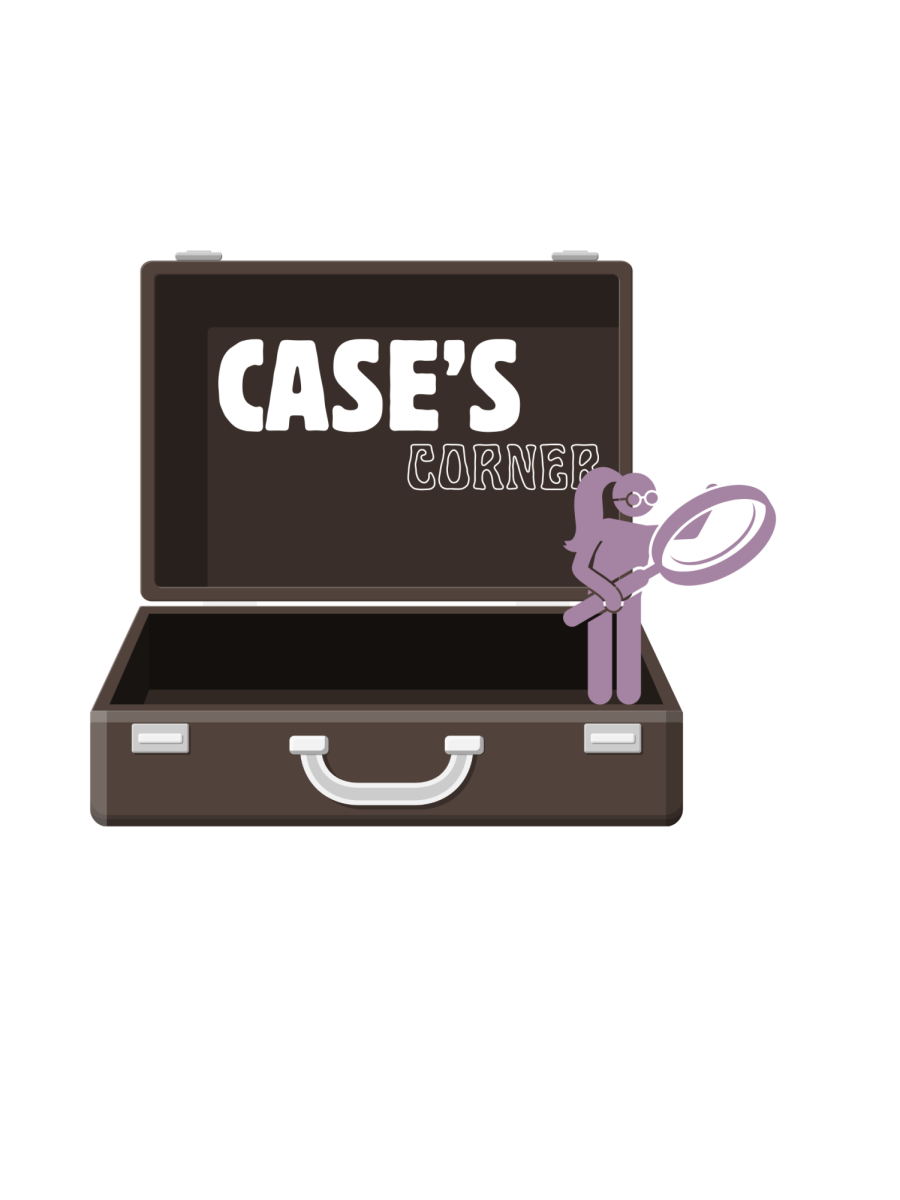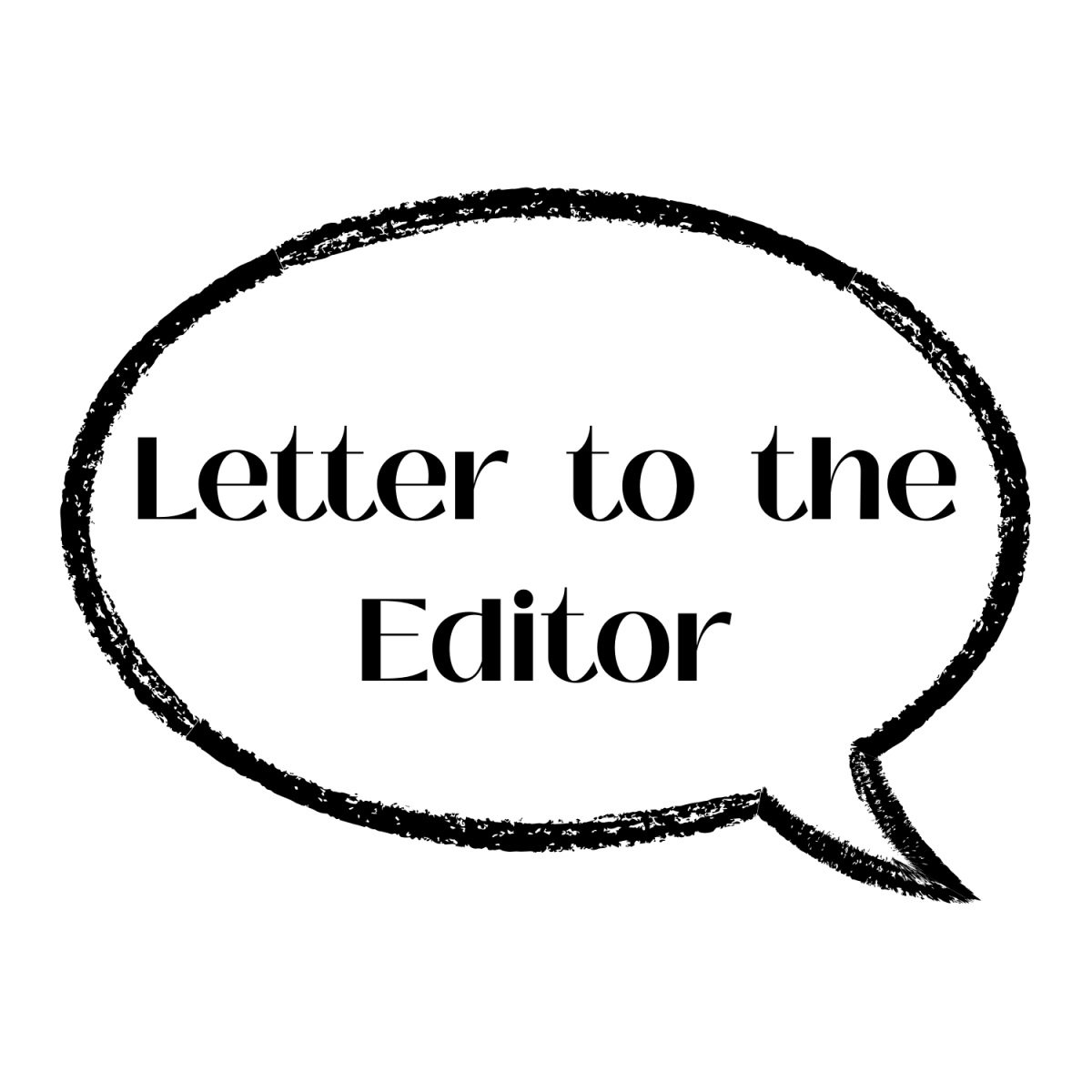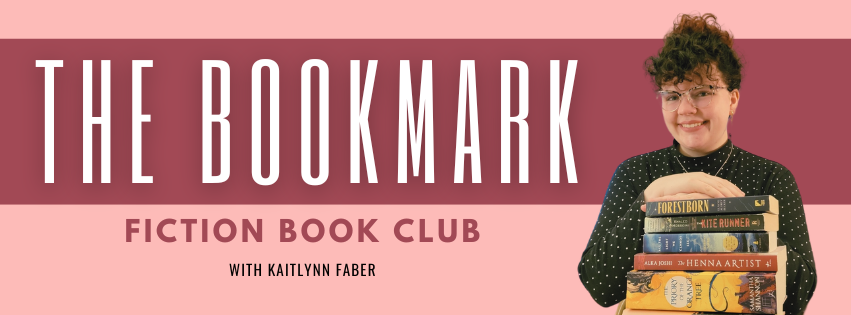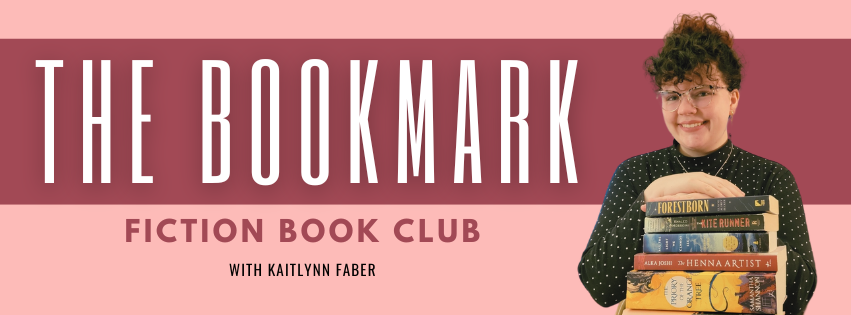The term “fake news” is something the majority of Americans hear all the time. It may be a parent, relative, friend or even a stranger on the street.
According to the Cambridge Dictionary, “fake news” is defined as “false stories that appear to be news, spread on the internet or using other media, usually created to influence political views or as a joke.”
The core of what people define as “fake news” partly comes down to ethics. When a person makes an ethical judgment about a news article, this may motivate them to question its veracity. After all, how can you trust a paper you believe to be unethical?
The big question is: what makes a paper ethical? This column’s goal is to examine topics that may impact a news outlet’s ethical value in the eyes of the consumer, today’s readers, while staying fully transparent about the Kansas State Collegian’s own ethical practices.
This week, the focus will be on the use of precise language and how imprecise language can fuel not only misinformation but also propaganda.
A word often used to describe news outlets and individual articles is bias. This is something many journalists are acutely aware of and they often take measures to avoid their own internalized biases. The Collegian newsroom does this through writer collaboration and intensive discussion. The editorial board will often confer with one another on production nights while reviewing each article, offering suggestions on how to eliminate potential bias in the article.
This, of course, can never be completely successful.
Oftentimes, at least in the case of The Collegian, bias is unintentional, but writing that contains bias can slip through the cracks, especially when language becomes less precise.
“Now, it is clear that the decline of a language must ultimately have political and economic causes: it is not due simply to the bad influence of this or that individual writer.” George Orwell wrote this in his famous essay, “Politics and the English Language.”
“But an effect can become a cause, reinforcing the original cause and producing the same effect in an intensified form, and so on indefinitely.”
Orwell believed that misinformation is often caused by a writer’s carelessness, but it is also used as a government tool to manipulate people, which may influence how others speak or write as well.
Orwell continues writing, “It [i.e., the idea one hopes to convey] becomes ugly and inaccurate because our thoughts are foolish, but the slovenliness of our language makes it easier for us to have foolish thoughts.”
If a writer is unable to be precise, then their language is more likely to be misunderstood and misconstrued, which can often lead to misinformation and the spread of propaganda. The press is often described as “The Fourth Estate,” and freedom of the press keeps the government ‘in check’ by holding it accountable.
According to Amendment 1, Bill of Rights, U.S. Constitution, “Congress shall make no law … abridging the freedom of speech or of the press. …”
In our government, there is meant to be a balance of power between the legislature, the judiciary and the executive branches. According to “Defining the Land of the Fourth Estate” by Nicholas Johnson, “With journalistic freedom protected in the 1791 Bill of Rights, the press became an assertive force during the first decades of nationhood. The U.S. media today is frequently known as the Fourth Estate, an appellation that suggests the press shares equal stature with the three branches of government created by the Constitution.”
A journalist’s usage of precise language is a tool for balance, yet one that is often overlooked or even disregarded.
But what is precise language?
In Orwell’s essay, he provides six rules to keep language as precise as possible “in most cases.”
- Never use a metaphor, simile or other figure of speech which you are used to seeing in print.
- Never use a long word where a short one will do.
- If it is possible to cut a word out, always cut it out.
- Never use the passive where you can use the active.
- Never use a foreign phrase, a scientific word or a jargon word if you can think of an everyday English equivalent.
- Break any of these rules sooner than say anything outright barbarous.
It all comes down to whether the writer is interested in persuading their audience or advancing knowledge. When it comes to news journalism, persuasion should be secondary. This, of course, doesn’t include cases of opinion pieces.
In this day and age, news comes faster than ever with social media, and strict editing can be left in the dust in the chase of being the first news outlet to cover a story. There are often times when news outlets retract incorrect information during live updates. Social media also often leads to sensationalized or exaggerated headlines, hoping to garner clicks and lead readers to their website.
On August 10, The New York Post made a social media post with the picture titled, “TikTok influencer Emilie Kiser’s husband allegedly placed $25 bet on NBA playoff game before son’s fatal drowning.”
In the first headline, the first thing a reader may consider is why the bet is relevant to the son’s drowning. The important aspect of the clickbait is the who — the influencer Emilie Kiser. This news likely came after many had already heard about the unfortunate accident, which could make this headline almost fall into the category of ‘rage-bait.’
According to the Merriam-Webster dictionary, rage-bait “is content (usually, but not always, found online) that tries to provoke anger or outrage, as a means of gaining attention or making money.”
A journalist’s goal is to report the truth; however, another important value is to do no harm. While the bet was in the police report, who was helped by this headline? Who benefited from this social media post?
This is just one instance of the thousands happening over the years where a different use of language — more precise language — would have brought greater benefit to the outlet. The headline by the New York Post fell into the correlation-causation fallacy, or questionable cause, where occurrences happen one after the other, which doesn’t always mean the events are related.
This is the first in a series of weekly essays on truth and bias in journalism. Future essays will delve further into propaganda, conspiracy, media vulnerability and further case studies.



